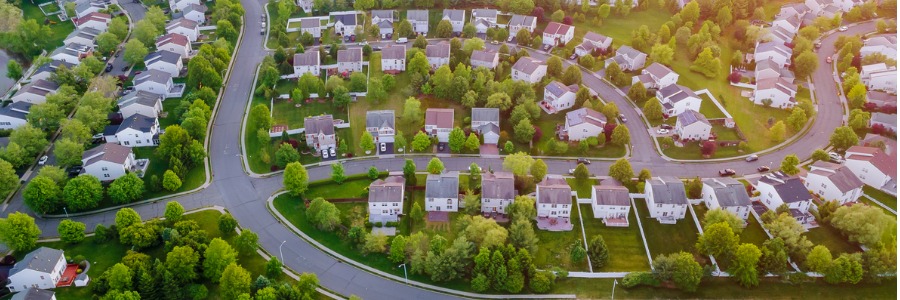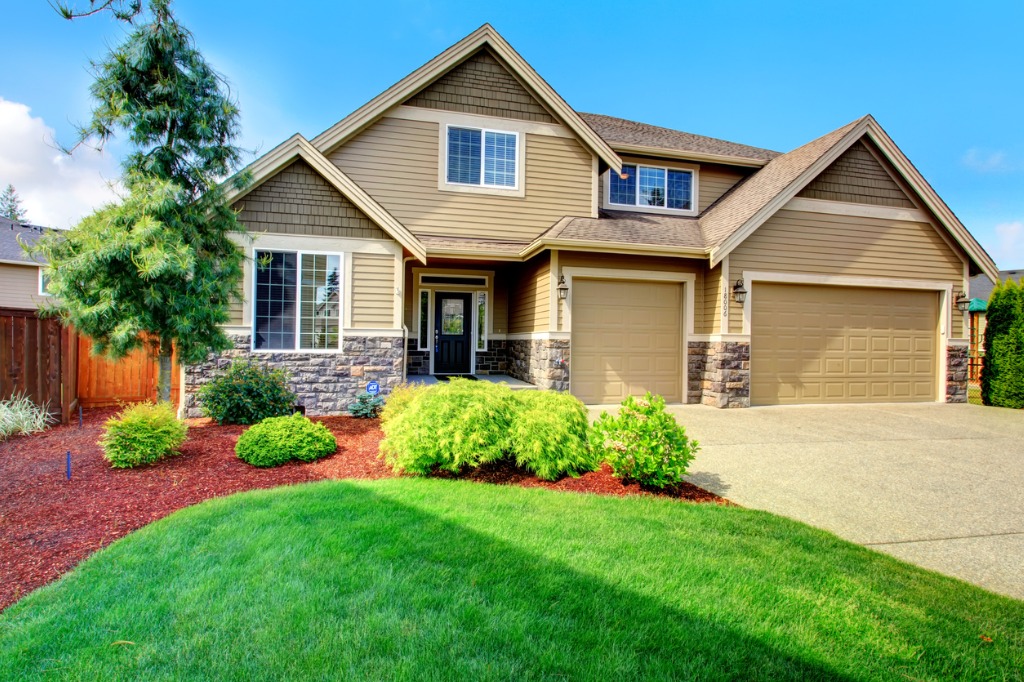
Healthy, green landscapes always make homeowners happy. A lush and colorfully planted landscape is not only appealing to the eye, it also increases property value. But beautiful landscaping doesn’t maintain itself, it takes time and effort. “The number one challenge is irrigation, because that’s the most important thing in the landscape,” says Matt Davenport, Chief Encouragement Officer of Monarch Environmental, a consulting company that oversees water management design and project management arborists reports for day-to-day HOA landscape operations. Matt was a Featured Speaker during Thought Leader Webinar, Best Practices for Water Use Reduction in HOA Landscapes. “We make sure every plant that was planted in the ground is doing well. So we want to improve water efficiency” he adds.
In today’s environment, it’s extremely important to choose drought-tolerant plants that will thrive while conserving water. Drought-tolerant plants develop extensive root systems that sink deep into the soil and are able to survive by storing water internally. Using soil moisture sensors, you can create healthier landscapes and save time, money, and water in the process. Some drought-resistant plants also get additional protection through a waxy coating or hairs on their leaves that reduce evaporation and are able to thrive with low amounts of precipitation.

Besides cacti and succulents, other drought-resistant plants include:
- Sedum: a succulent favorite in rock gardens, also known as stonecrop
- Coreopsis & coneflowers: valued for their long blooming periods in drought conditions
- Lamb’s Ears: silvery foliage with velvety texture, spreads easily and provides lovely texture in rock gardens
- African Daisies: very drought-resistant, can grow almost anywhere
Choosing drought-tolerant shrubs in place of bushes and hedges is one of the best ways to cut down on water usage in HOA landscapes. There are many species, including flowering shrubs and evergreen shrubs. Drought-resistant shrubs vary from region to region, and according to climate.
In most landscaped communities—especially in Southern California— 70% of a typical HOA budget goes towards landscape-related expenses. So efficient watering while maintaining a flourishing landscape is essential. When it comes to using less water while keeping HOA landscapes healthy and beautiful, cloud-based Smart Irrigation is a game-changer. Smart Irrigation is easily managed and because it’s based on site-specific data, that means virtually eliminating water waste.
Smart irrigation not only saves water and money, but maintains the flourishing beauty of HOA landscapes. Check out our full webinar on Best Practices for Water Use Reduction in HOA Landscapes below!

